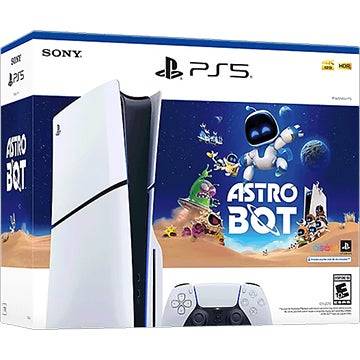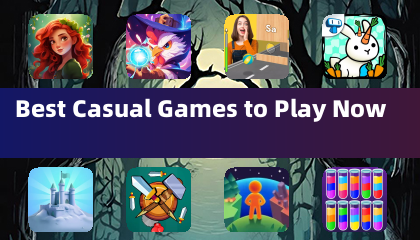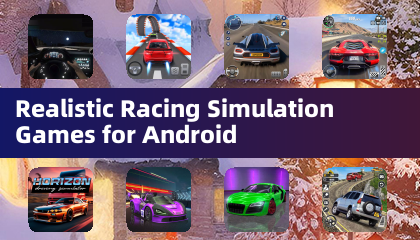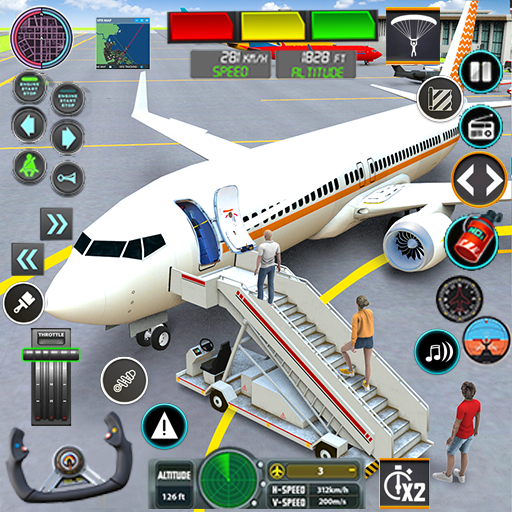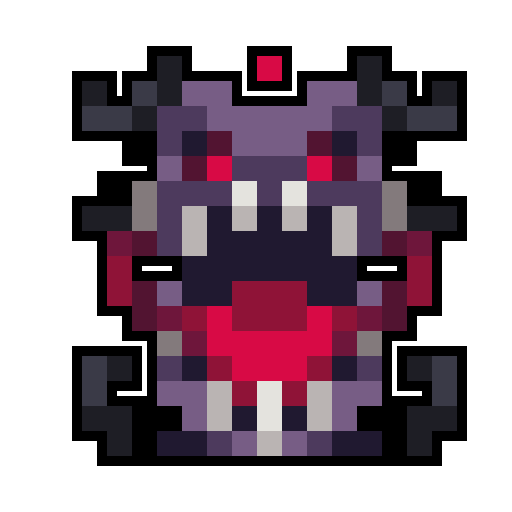 Civilization VII's Deluxe Edition launched recently, and online discussions about its user interface (UI) are already widespread. But is the criticism justified? This analysis dissects the game's UI to determine if the negative feedback is accurate.
Civilization VII's Deluxe Edition launched recently, and online discussions about its user interface (UI) are already widespread. But is the criticism justified? This analysis dissects the game's UI to determine if the negative feedback is accurate.
← Return to Sid Meier's Civilization VII main article
Is Civ 7's UI as Bad as They Say?
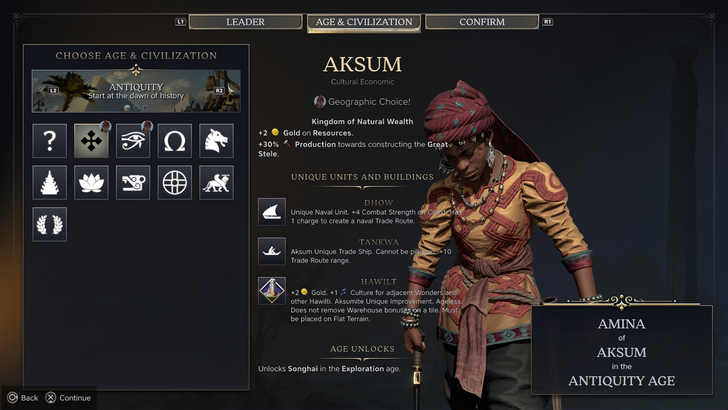 Early access players of Civ 7's Deluxe and Founder's Editions have voiced strong opinions, particularly targeting the UI and missing quality-of-life features. However, a thorough evaluation is necessary to determine if the UI truly deserves this level of criticism. We'll examine its components against the standards of effective 4X game interfaces.
Early access players of Civ 7's Deluxe and Founder's Editions have voiced strong opinions, particularly targeting the UI and missing quality-of-life features. However, a thorough evaluation is necessary to determine if the UI truly deserves this level of criticism. We'll examine its components against the standards of effective 4X game interfaces.
Evaluating a Good 4X UI
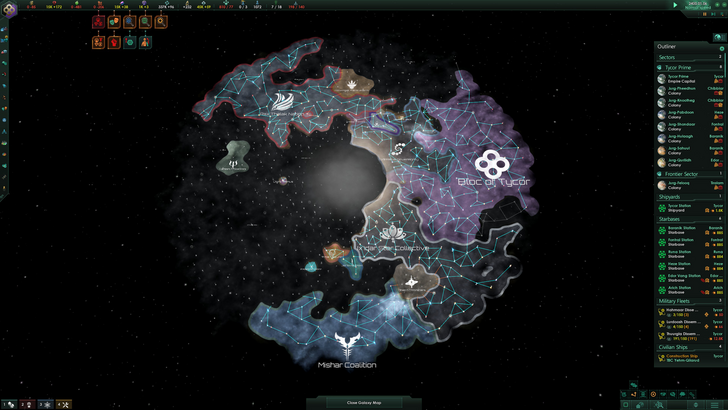 While some argue for objective 4X UI design principles, the reality is more complex. A game's context, style, and goals influence UI design, requiring case-by-case assessment. Nevertheless, established UI design principles offer common denominators for effective 4X interfaces. Let's analyze Civ 7's UI against these key elements.
While some argue for objective 4X UI design principles, the reality is more complex. A game's context, style, and goals influence UI design, requiring case-by-case assessment. Nevertheless, established UI design principles offer common denominators for effective 4X interfaces. Let's analyze Civ 7's UI against these key elements.
Information Hierarchy
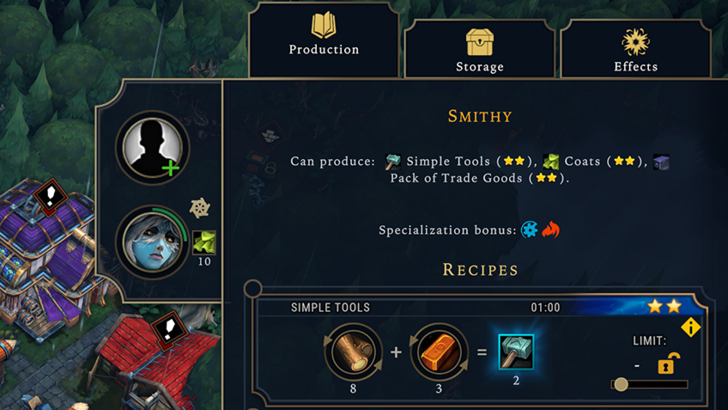 Effective information hierarchy prioritizes accessibility and importance. Frequently used resources and mechanics should be prominent, while less crucial features should be easily accessible. A good UI doesn't display everything simultaneously; it organizes information logically.
Effective information hierarchy prioritizes accessibility and importance. Frequently used resources and mechanics should be prominent, while less crucial features should be easily accessible. A good UI doesn't display everything simultaneously; it organizes information logically.
Against the Storm provides a strong example. Building info menus, accessed via right-click, use tabs to organize information by relevance and frequency of use. Common actions are prioritized, while less frequent functions are placed in subsequent tabs.
Civ 7's resource summary menu displays resource allocation, separating data into income, yields, and expenses. Its tabular format facilitates tracking, and detailed breakdowns are available via dropdowns. However, it lacks granular detail; while resource origins are shown at the district level, specific districts or hexes aren't identified. Expense breakdowns are also limited. While functional, greater specificity would improve its effectiveness.
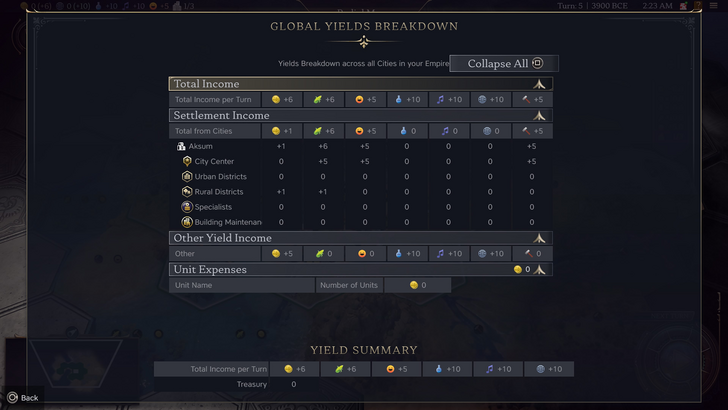
Visual Indicators
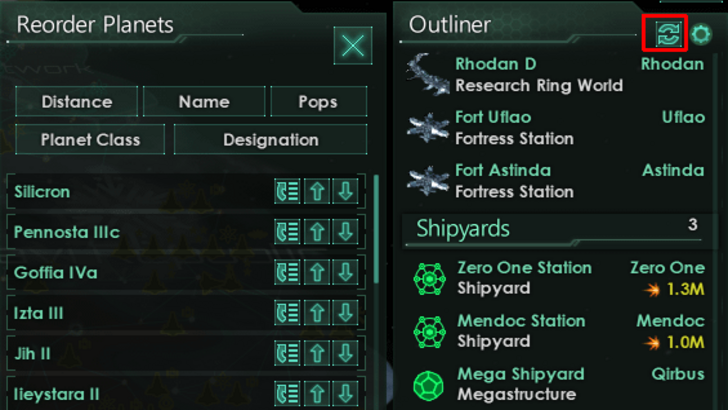 Effective visual indicators convey information quickly using icons and graphics, minimizing reliance on text. Stellaris' Outliner, despite its cluttered UI, effectively uses visual indicators to show ship status and colony needs.
Effective visual indicators convey information quickly using icons and graphics, minimizing reliance on text. Stellaris' Outliner, despite its cluttered UI, effectively uses visual indicators to show ship status and colony needs.
Civ 7 utilizes iconography and numerical data, with effective indicators like tile yield overlays and settlement overlays. However, the absence of certain lenses from Civ 6 (e.g., appeal, tourism, loyalty) and customizable map pins has been criticized. While not deficient, improvements are possible.
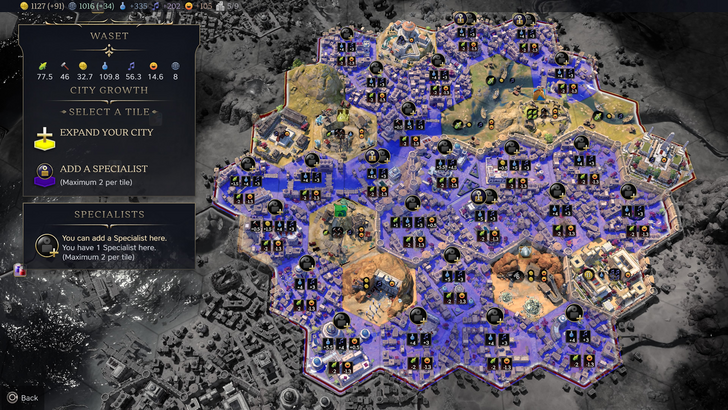
Search, Filtering, and Sorting
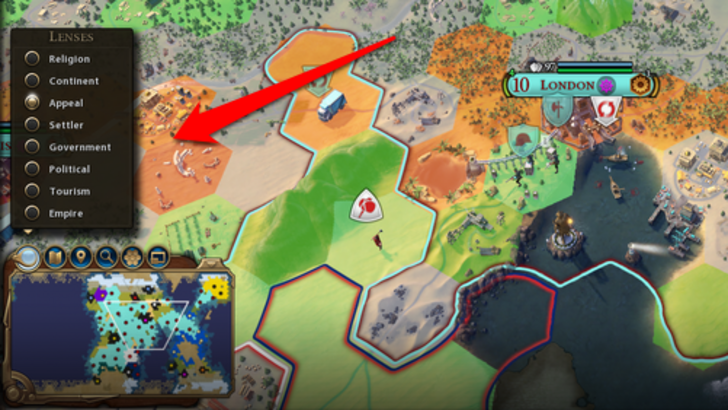 In complex 4X games, search, filtering, and sorting are crucial for managing information. Civ 6's powerful search function allows players to locate resources, units, and features on the map, seamlessly linking to the Civilopedia.
In complex 4X games, search, filtering, and sorting are crucial for managing information. Civ 6's powerful search function allows players to locate resources, units, and features on the map, seamlessly linking to the Civilopedia.
Civ 7 lacks this crucial search function, a significant usability drawback. This absence is a notable weakness, hopefully addressed in future updates.

Design and Visual Consistency
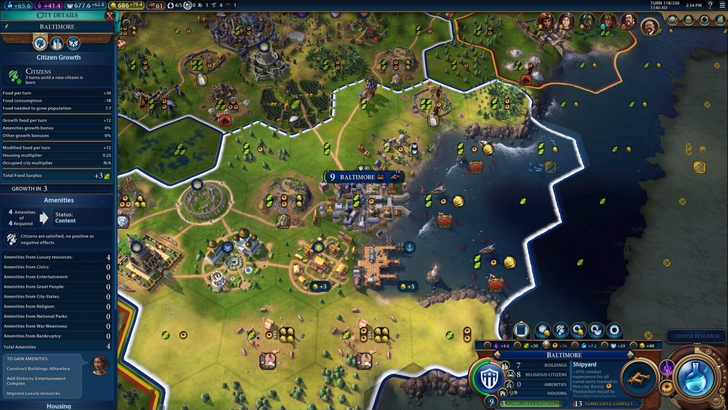 UI aesthetics and cohesiveness are crucial. Civ 6's dynamic, cartographic style seamlessly integrates with the game's aesthetic.
UI aesthetics and cohesiveness are crucial. Civ 6's dynamic, cartographic style seamlessly integrates with the game's aesthetic.
Civ 7 adopts a minimalist, sleek design, prioritizing refinement over vibrancy. Its restrained color palette aligns with its aesthetic, but its subtler thematic direction might lead to mixed reactions. Visual design is subjective, but the lack of immediate clarity is a point of contention.
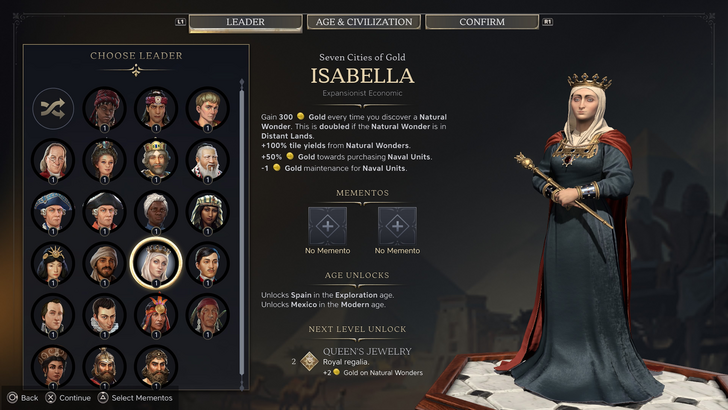
Conclusion
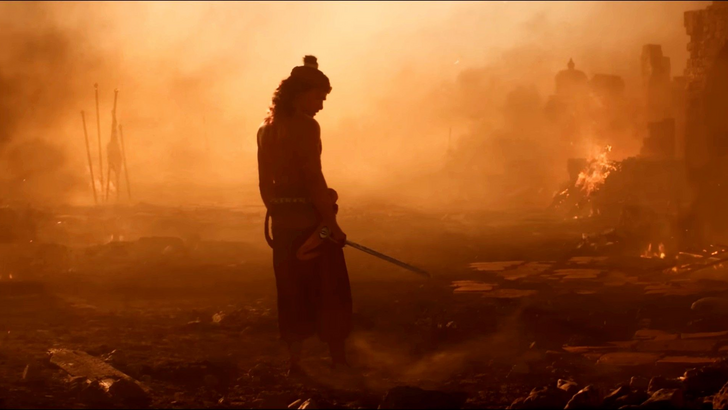 Civ 7's UI, while not perfect, doesn't deserve the extreme criticism. The missing search function is a significant flaw, but not game-breaking. Compared to other issues, the UI's shortcomings are relatively minor. While it lags behind other visually striking 4X UIs, its strengths should be acknowledged. Future updates and player feedback can address its weaknesses. The overall game's strengths compensate for the UI's imperfections.
Civ 7's UI, while not perfect, doesn't deserve the extreme criticism. The missing search function is a significant flaw, but not game-breaking. Compared to other issues, the UI's shortcomings are relatively minor. While it lags behind other visually striking 4X UIs, its strengths should be acknowledged. Future updates and player feedback can address its weaknesses. The overall game's strengths compensate for the UI's imperfections.
← Return to Sid Meier's Civilization VII main article
Sid Meier's Civilization VII Similar Games


